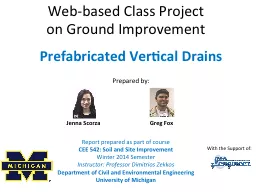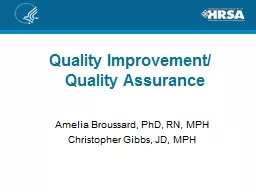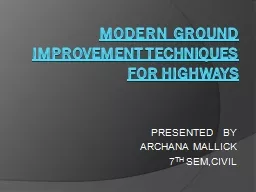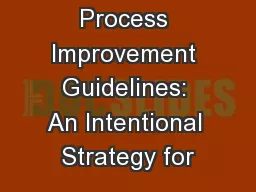PPT-Web-based Class Project on Ground Improvement
Author : evadeshell | Published Date : 2020-07-01
Report prepared as part of course CEE 542 Soil and Site Improvement Winter 2014 Semester Instructor Professor Dimitrios Zekkos Department of Civil and Environmental
Presentation Embed Code
Download Presentation
Download Presentation The PPT/PDF document "Web-based Class Project on Ground Improv..." is the property of its rightful owner. Permission is granted to download and print the materials on this website for personal, non-commercial use only, and to display it on your personal computer provided you do not modify the materials and that you retain all copyright notices contained in the materials. By downloading content from our website, you accept the terms of this agreement.
Web-based Class Project on Ground Improvement: Transcript
Download Rules Of Document
"Web-based Class Project on Ground Improvement"The content belongs to its owner. You may download and print it for personal use, without modification, and keep all copyright notices. By downloading, you agree to these terms.
Related Documents














